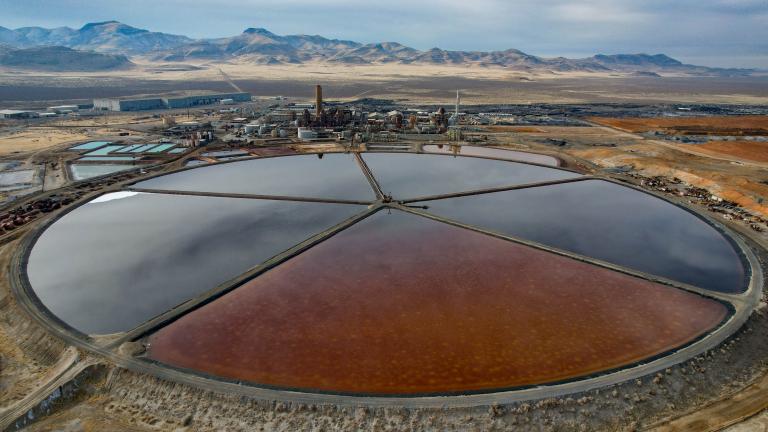On Tuesday, the Biden administration unveiled new guidelines on “responsible participation” in the voluntary carbon market, or VCM — the system that allows companies to say they’ve canceled out their greenhouse gas emissions through the purchase of carbon credits. Theoretically, every carbon credit a company buys represents one metric ton of CO2 that has been reduced or avoided through projects that wouldn’t have happened without the funding — like tree planting or the installation of wind turbines.
The guidelines, signed by President Joe Biden’s top climate and economic advisers, as well as the secretaries of Treasury, Energy, and Agriculture, are intended to boost the market’s credibility following a series of investigations that revealed numerous credits to be ineffective.
One guideline calls for credits to meet “credible atmospheric integrity standards,” and another says companies should complement offsetting with the reduction of their own carbon footprints. The guidelines also call for environmental justice safeguards to ensure that credit-generating activities — many of which take place in the Global South — do not harm local communities.
For the most part, the 12-page document reflects existing guidance from informal overseers of the voluntary carbon market, including the Integrity Council for the Voluntary Carbon Market and the Voluntary Carbon Markets Integrity initiative. In this way, the guidance is a sort of endorsement of the work those nonprofit governance bodies have already been doing — and of carbon markets themselves.
The new guidelines are intended to help address a crisis of confidence in carbon credits, many of which have been found by recent studies and investigations to be ineffective. Some credits come from renewable energy projects that would have been built anyway, even without funding from the VCM. Others are generated by protecting natural ecosystems that were never under threat. Still others are based on projects that store carbon in ways that are unlikely to last more than a few years. Last year, the Commodity Futures Trading Commission — a federal regulator — created a new task force to address potentially widespread fraud and market manipulation within the VCM.
According to a 2022 analysis from the World Economic Forum, less than one-fourth of 137 global companies surveyed planned to use carbon credits to achieve their emissions reduction targets; 40 percent of them cited the risk of reputational damage.
Some environmental groups hailed the Biden Administration’s guidance as a way to add legitimacy to the voluntary carbon market. Amanda Leland, executive director of the nonprofit Environmental Defense Fund, said in a statement that the Biden administration’s “vote of confidence” could help the VCM reach $1 trillion by 2050, implying that this growth would funnel money into green jobs and climate resilience in the developing world.
The global VCM is currently valued at around $2 billion. It grew rapidly in 2021 before declining in 2022 and 2023.
Critics said the new rules fail to address more fundamental concerns about the effectiveness of carbon credits. Some VCM offset projects send only a small fraction of the funds they generate to the communities they’re supposed to benefit, while the rest of the money gets gobbled up by traders, registries, investors, and other middlemen. And for a number of reasons, scientists say it’s inaccurate to equate a ton of carbon stored in biological systems with a ton of carbon released from the burning of fossil fuels — yet this assumption undergirds the VCM.
Proponents of carbon markets are still trying to “fit the circle of climate science into the square of carbon accounting,” Steve Suppan, a policy analyst for the nonprofit Institute for Agriculture and Trade Policy, told Grist.
Peter Riggs, director of the nonprofit Pivot Point and a co-coordinator of the Climate Land Ambition and Rights Alliance, said the federal guidelines are more concerned with creating a smooth market environment than with the integrity of carbon credits.
“Generating rules for secondary markets and the clearing of credits may help with carbon market liquidity,” he told Grist. “But if the underlying accounting is still flawed, these moves just create systemic risk — in much the same way that credit default swaps did during the financial crisis.”
Instead of carbon markets, Riggs and others have advocated for a system of climate finance that allows countries, companies, and other polluters to support conservation and carbon-sequestering activities without claiming them as offsets.





